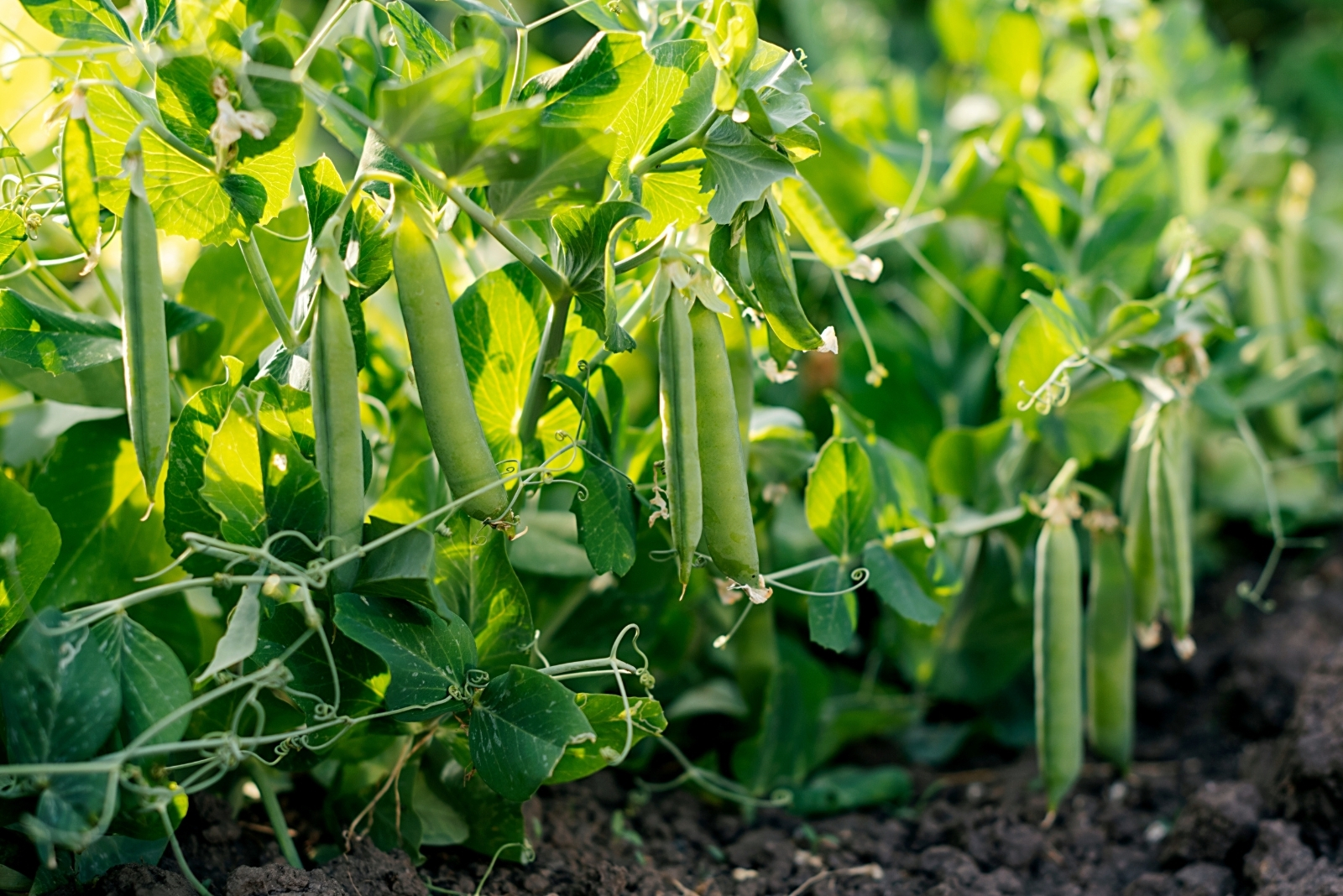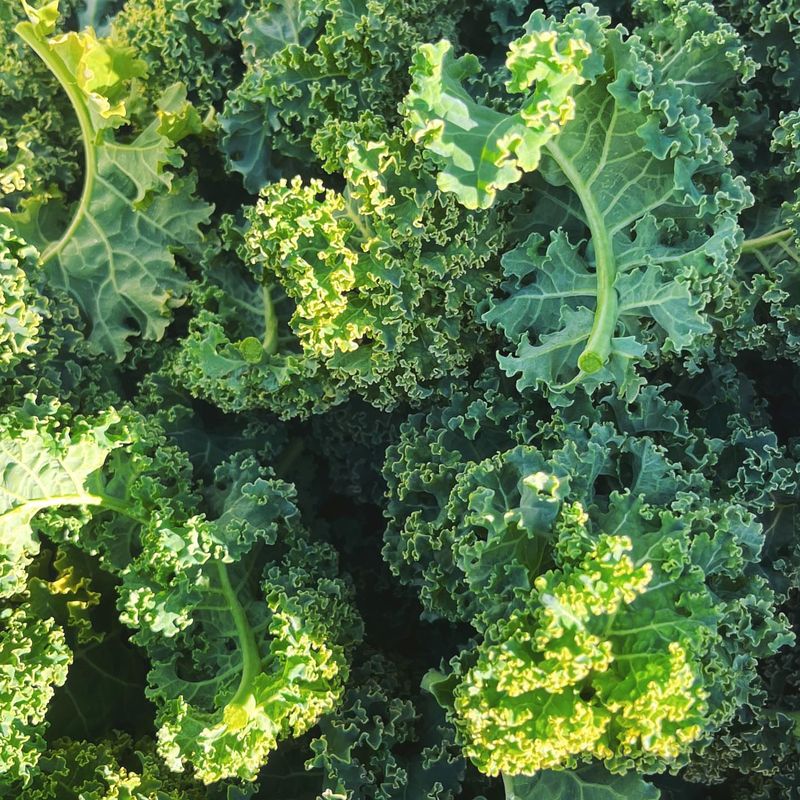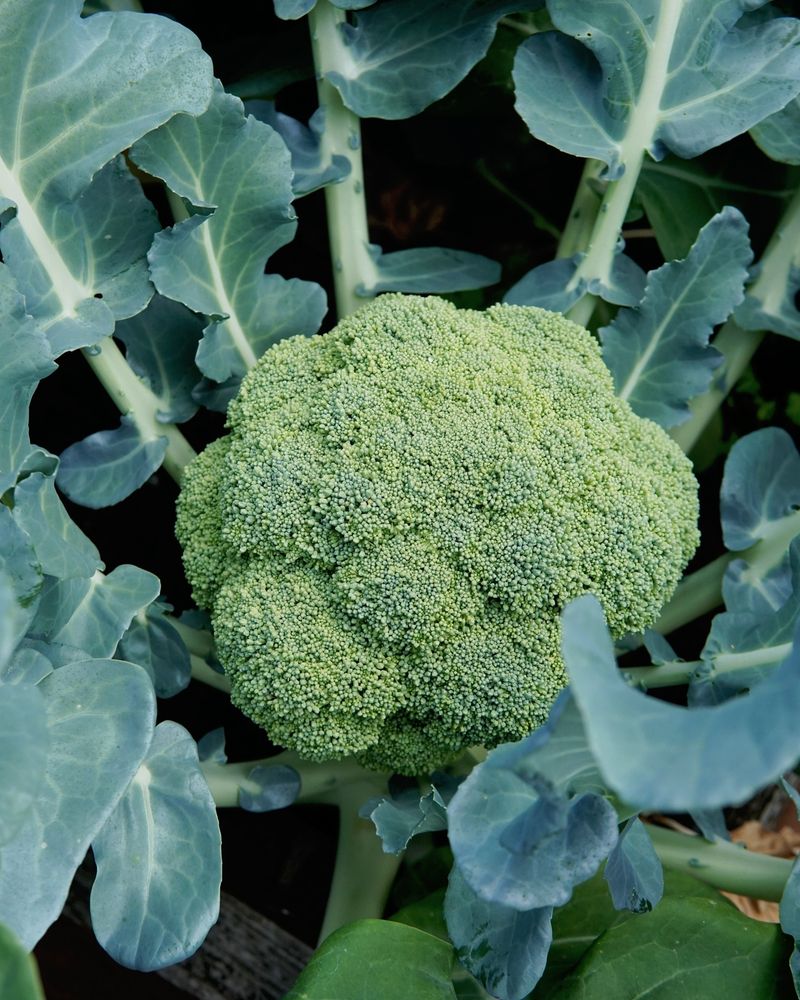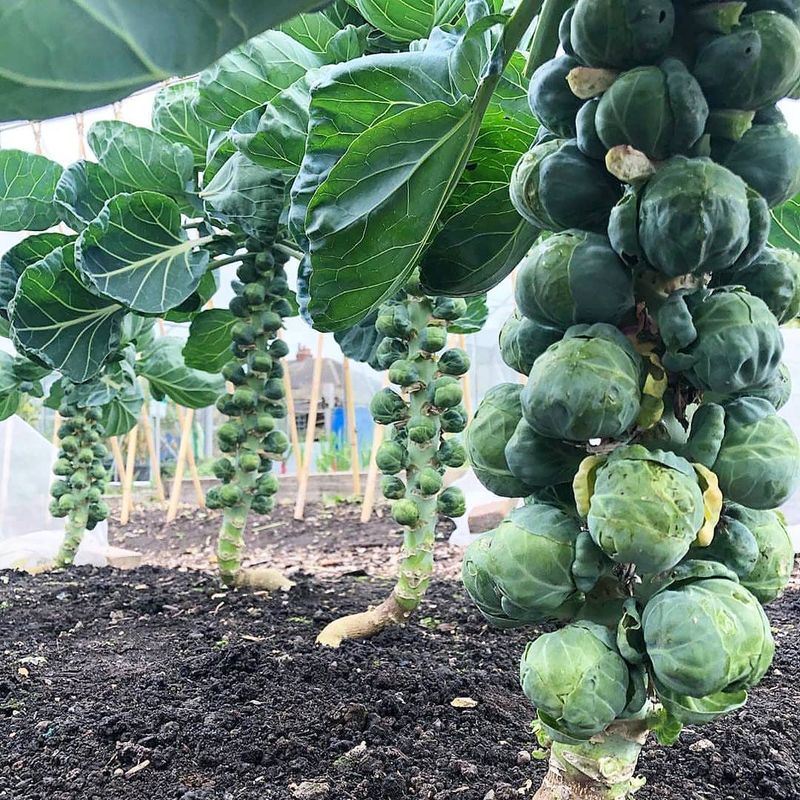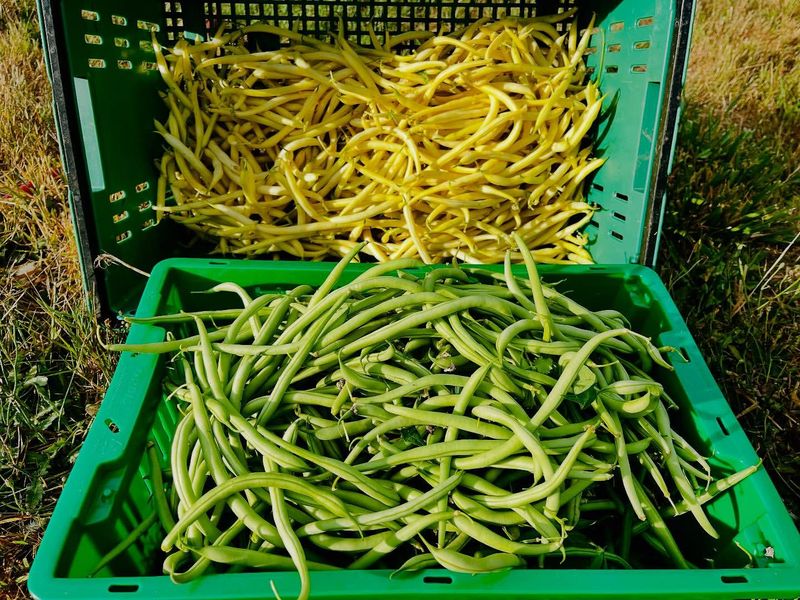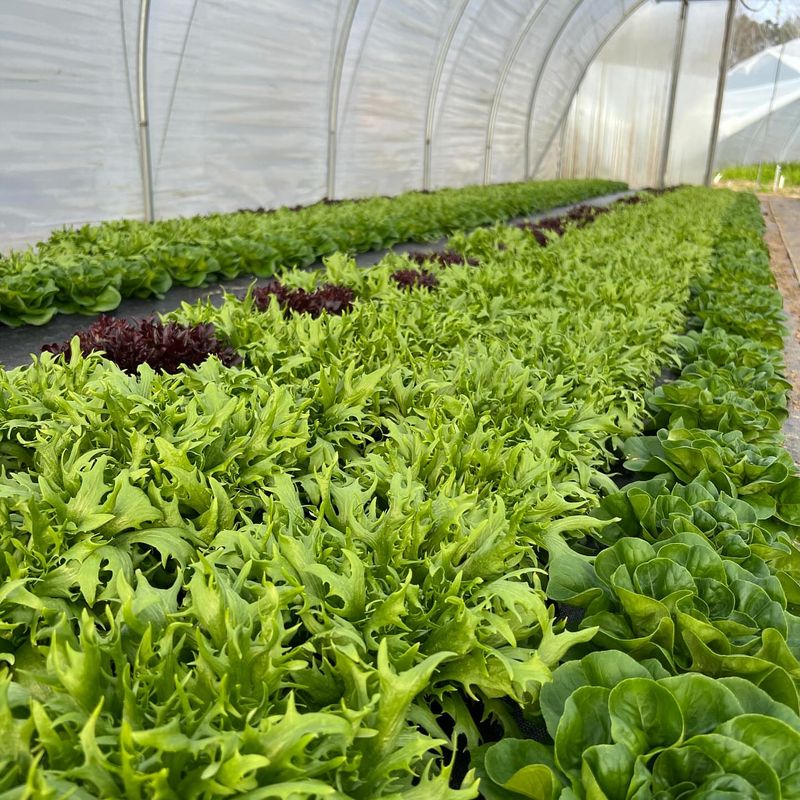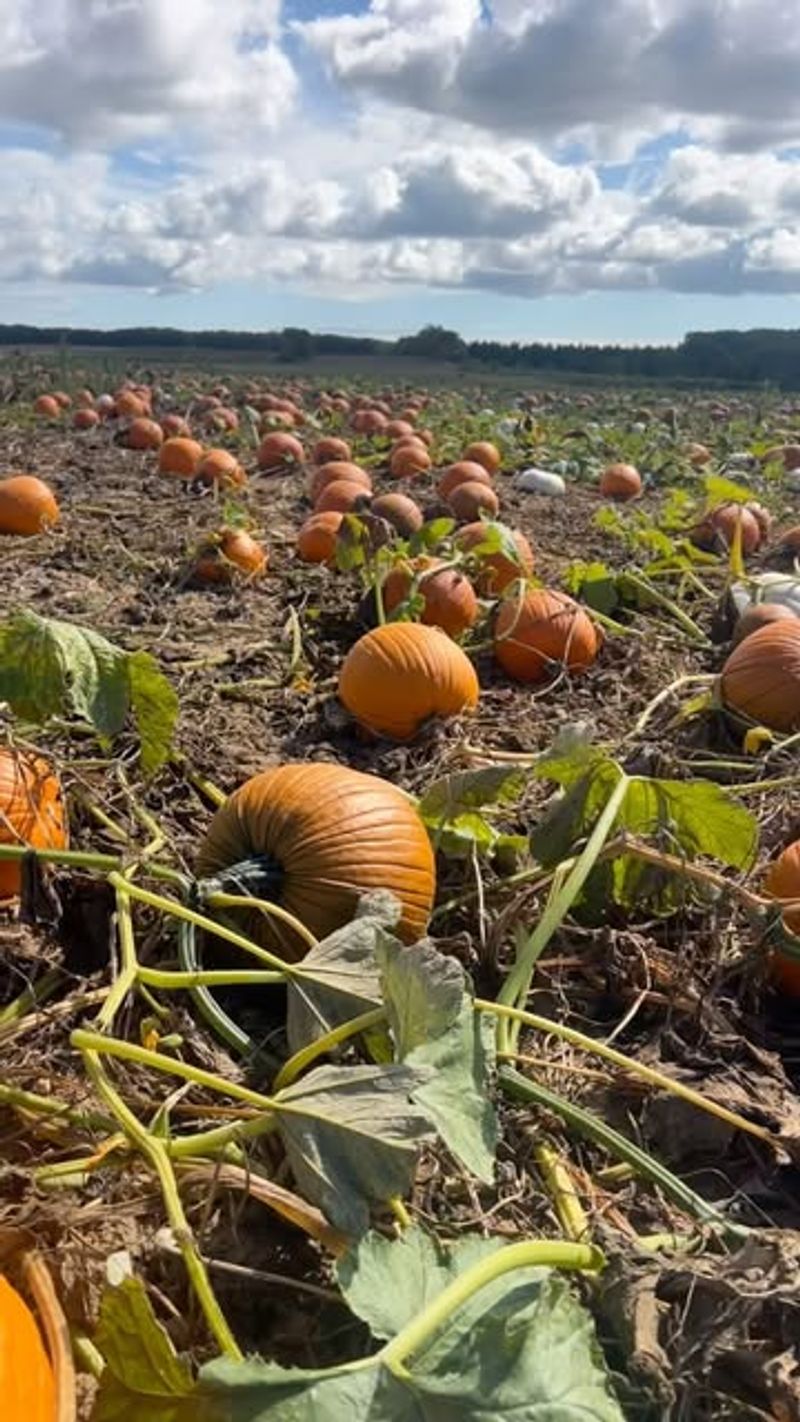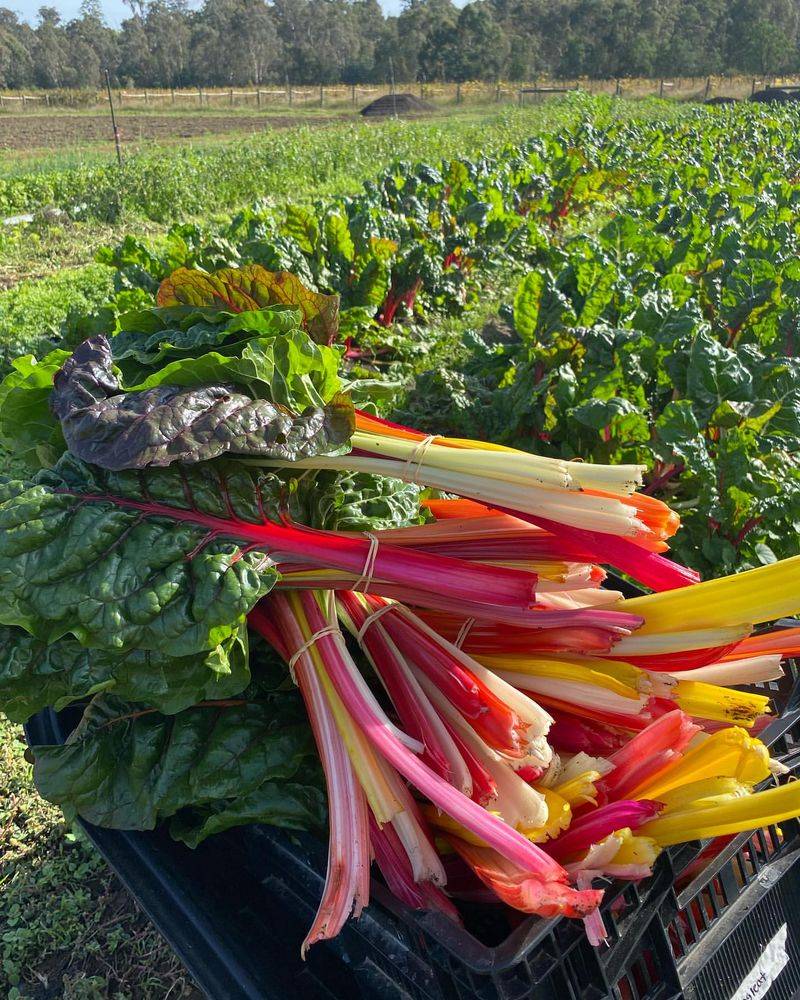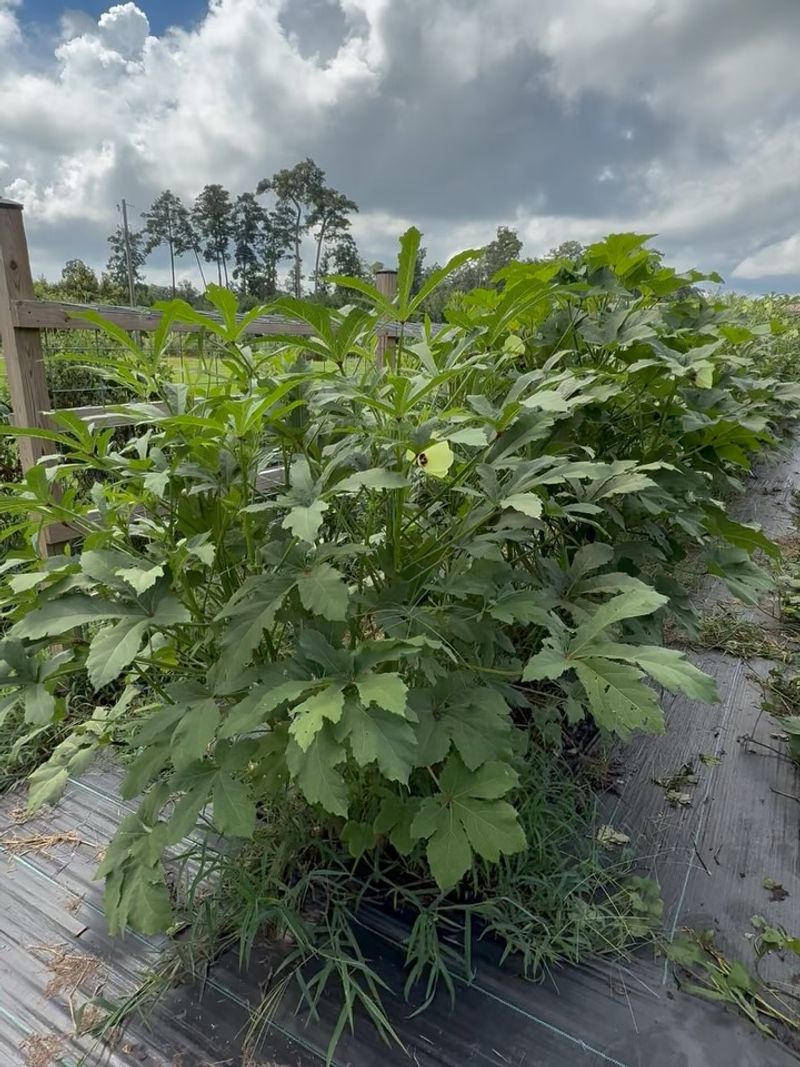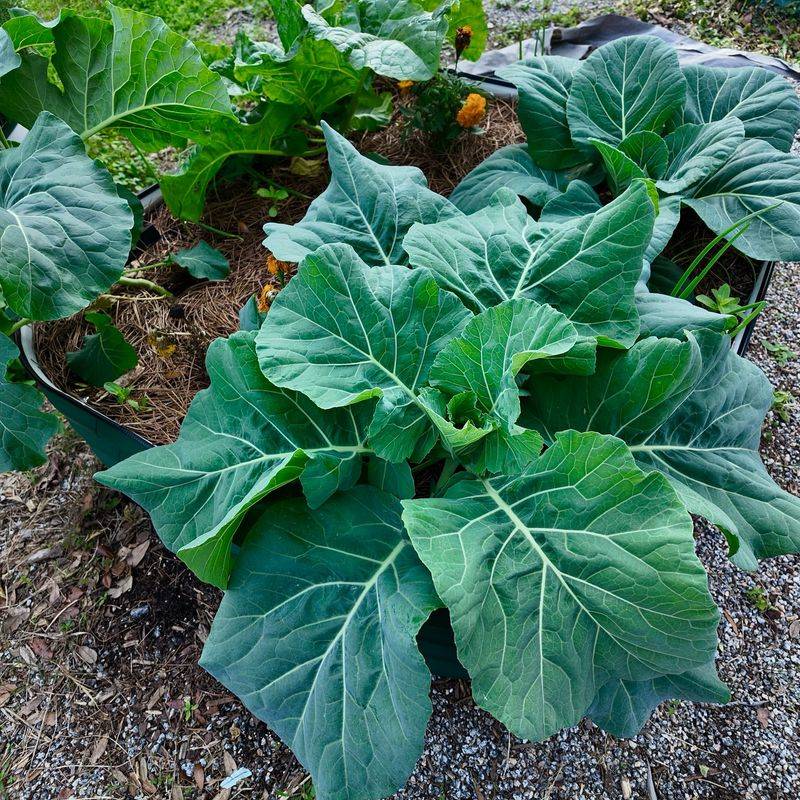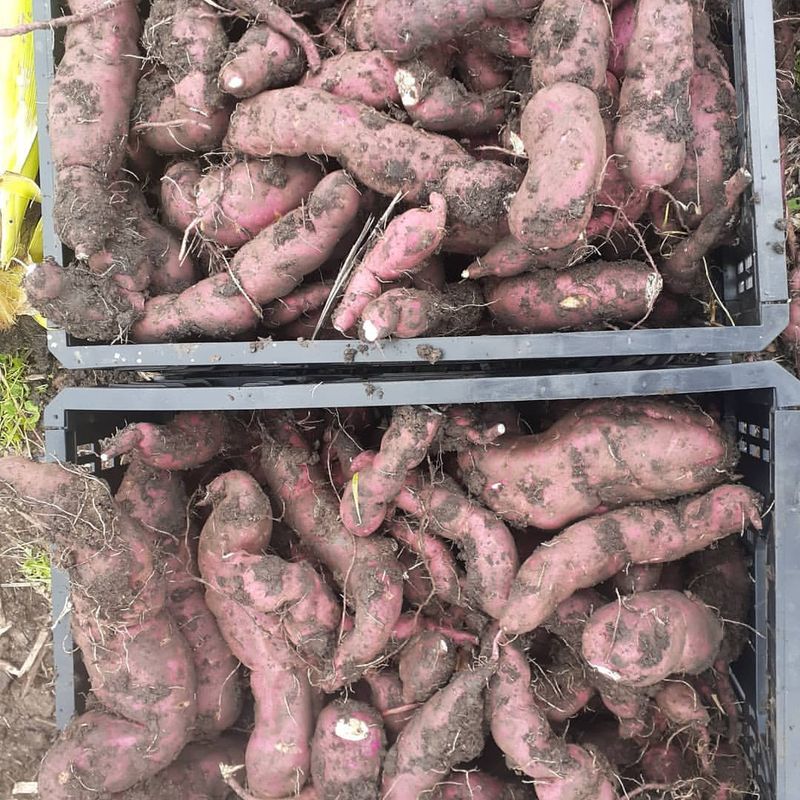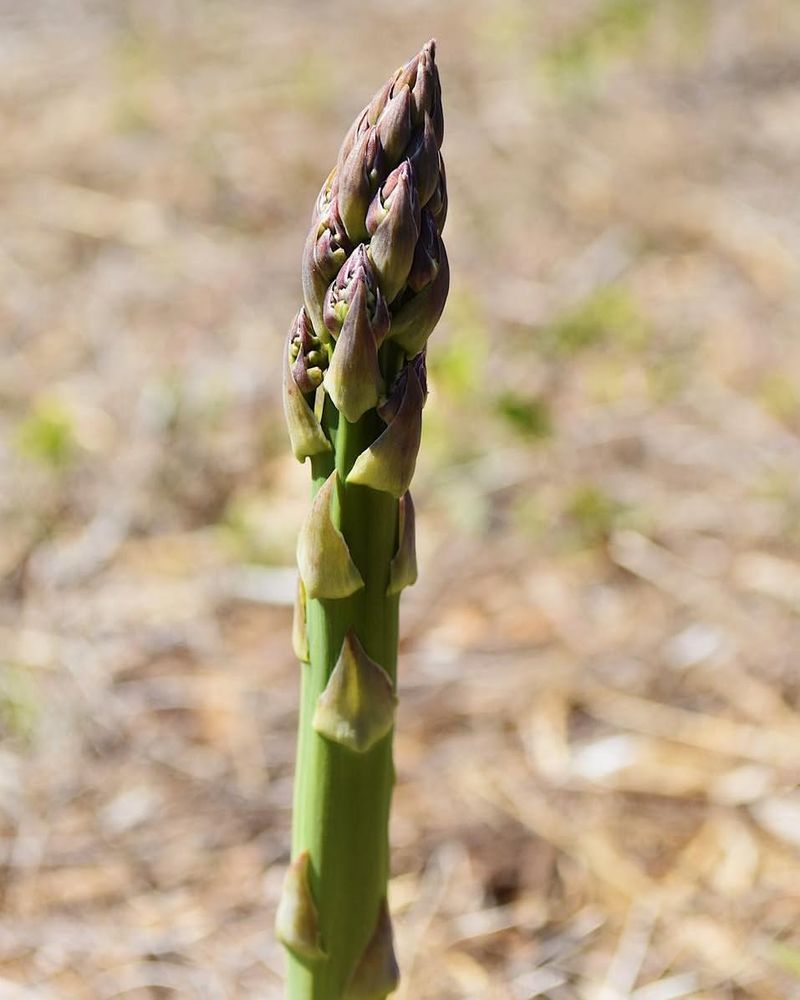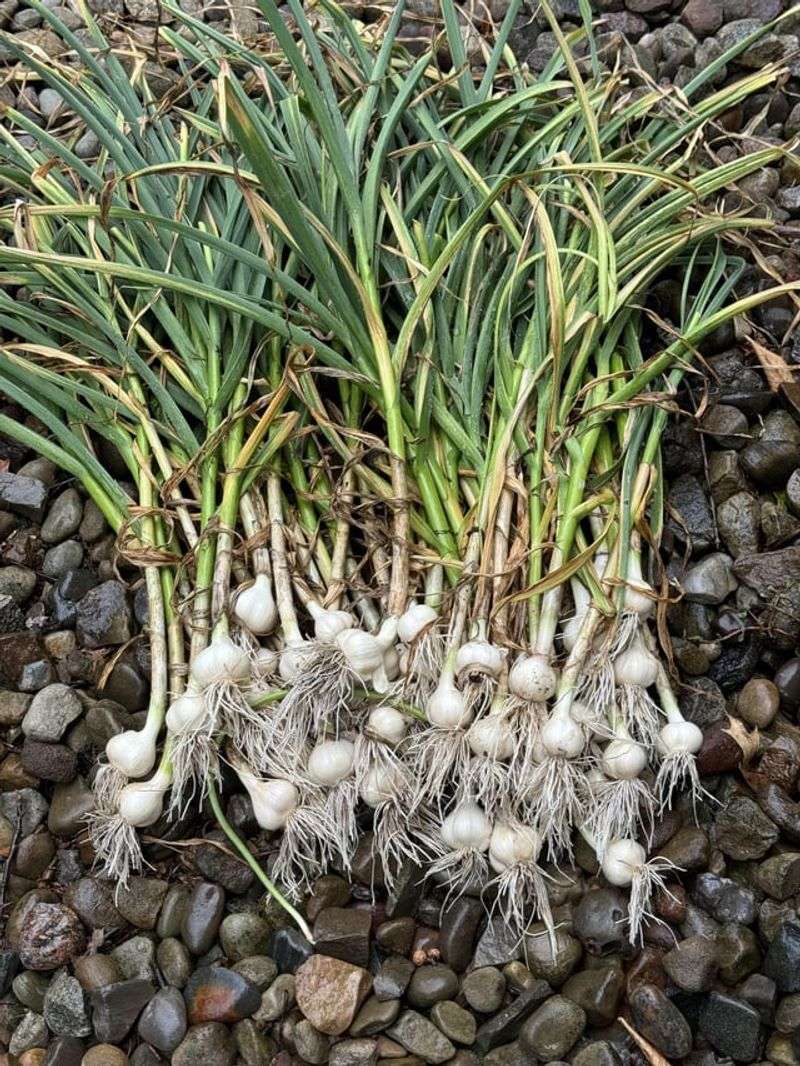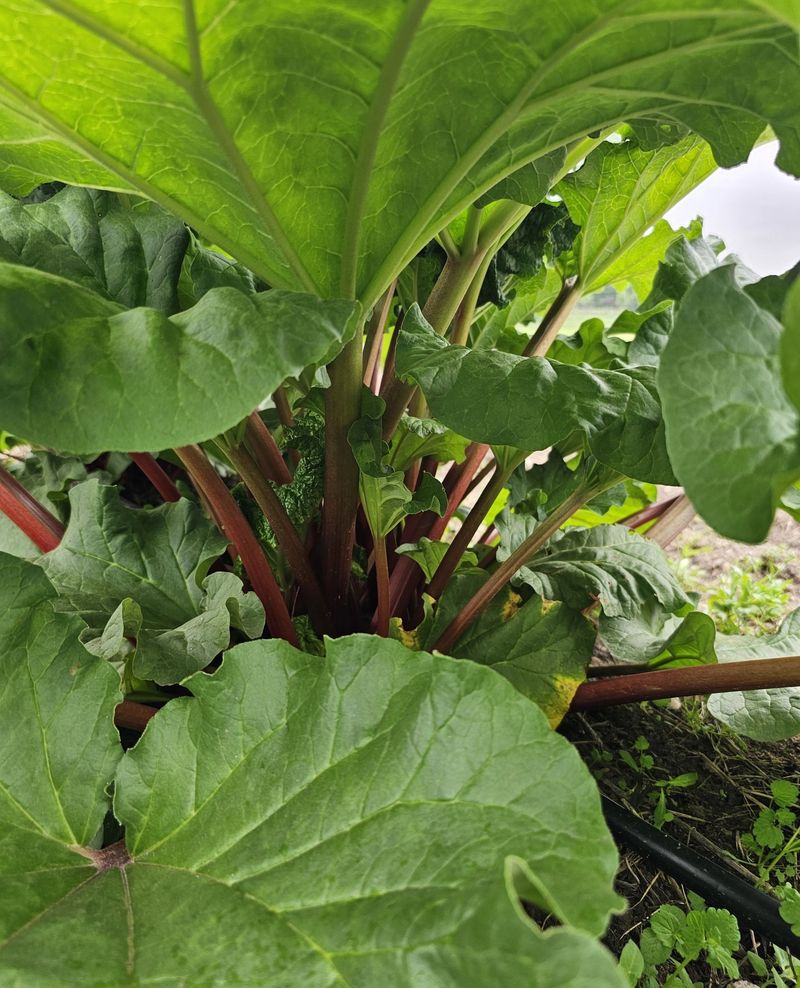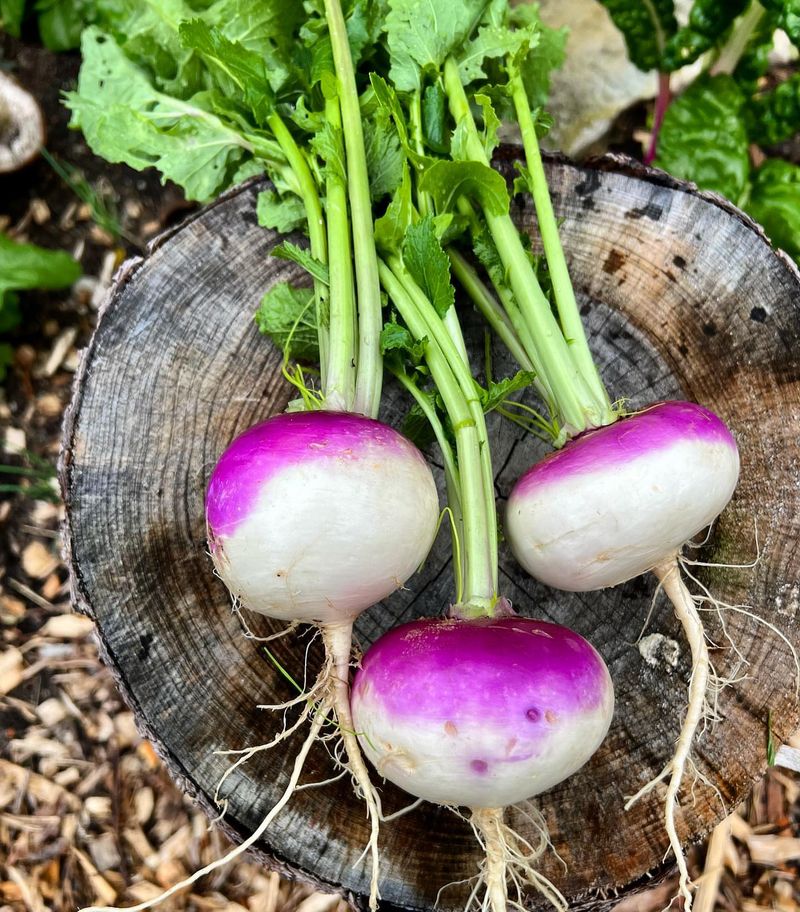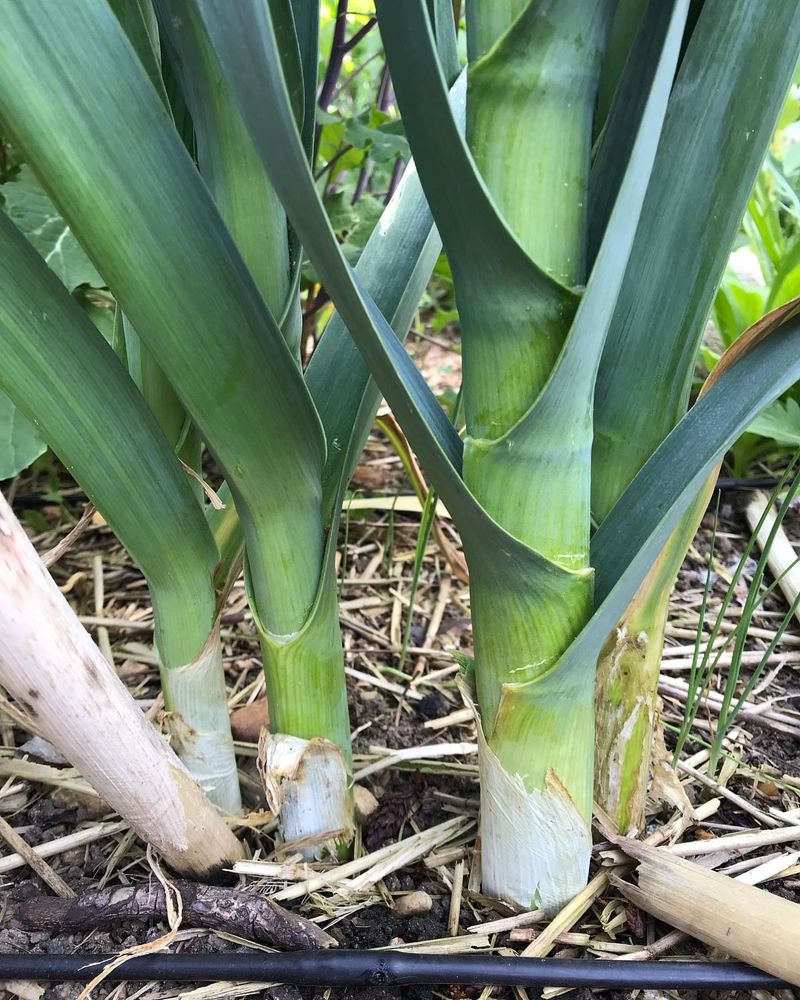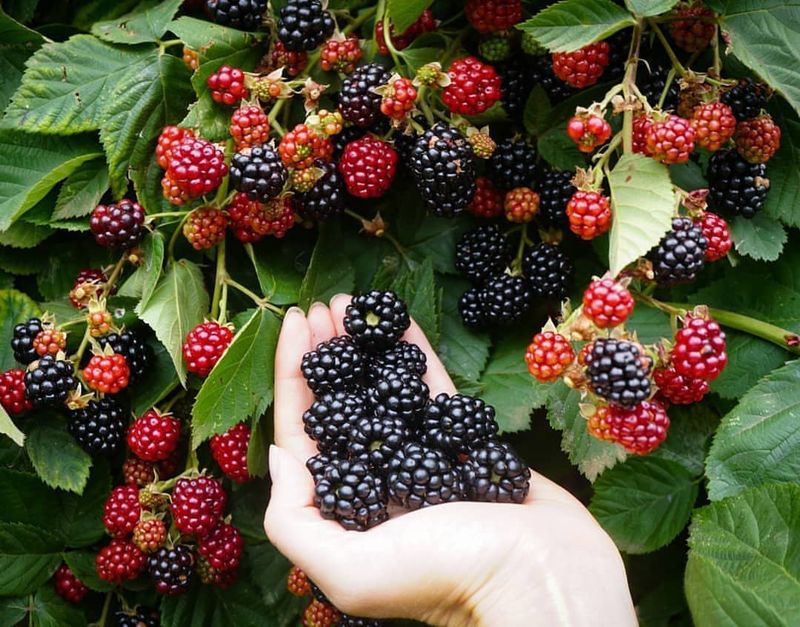Gardening in Georgia can be tricky with clay soil, but some crops actually love it. I enjoy planting these resilient veggies and watching them grow strong and healthy despite the heavy ground.
They bring fresh flavor and plenty of harvests right from my backyard. It’s satisfying to see plants thrive where others struggle.
With the right crops, clay soil in Georgia becomes a gardener’s advantage rather than a challenge.
1. Kale
This nutritional powerhouse adapts surprisingly well to Georgia’s dense clay soil. The strong roots push through heavy earth while enjoying the moisture retention clay provides.
Many Georgia gardeners find kale produces from fall through mild southern winters. The leafy green actually tastes sweeter after light frost touches its ruffled leaves.
2. Broccoli
Hardy and determined, broccoli develops impressive root systems capable of navigating clay’s dense structure. The moisture-holding capacity of Georgia’s clay actually benefits these thirsty vegetables during development.
Fall planting works wonderfully across the Peach State. When other crops struggle in heavy soil, broccoli stands tall with its robust stems and nutritious crowns.
3. Brussels Sprouts
Few vegetables showcase such determination in difficult soils as these miniature cabbage relatives. Their strong stalks rise confidently from Georgia’s clay, producing dozens of nutrient-dense sprouts.
Georgia gardeners report these plants actually develop better flavor when grown in clay. The slow-draining nature of heavy soil helps maintain consistent moisture levels these European natives appreciate.
4. Cabbage
Surprisingly adaptable to Georgia’s challenging clay, cabbage develops strong root systems that push through compacted earth. The moisture retention properties benefit these leafy heads during crucial growing periods.
Many Georgian gardeners discover cabbage thrives when other vegetables fail. The plants appreciate clay’s natural ability to hold nutrients, resulting in tight, flavorful heads perfect for slaws and sauerkraut.
5. Beans
Resilient and forgiving, beans consistently perform well in Georgia’s stubborn clay. Their nitrogen-fixing abilities actually improve soil structure over time, benefiting future plantings.
Bush varieties often outperform pole types in heavy Georgia soil. The plants seem undeterred by clay’s density, producing abundant harvests that have sustained southern families for generations.
6. Lettuce
Cool-weather lettuce varieties appreciate the moisture-retaining qualities of Georgia’s clay during spring and fall growing seasons. Their shallow roots adapt well without needing to penetrate deeply into difficult soil.
Georgia gardeners find success with loose-leaf varieties in particular. The clay’s natural coolness and consistent moisture creates perfect conditions for crisp, tender leaves free from bitterness.
7. Pumpkins
Vigorous and determined, pumpkin vines send their tendrils across Georgia’s clay landscapes with impressive determination. Their extensive root systems gradually improve soil structure as they grow.
Georgia’s heat combined with clay’s moisture retention creates ideal conditions for these fall favorites. The heavy soil actually anchors the plants well, supporting the weight of developing fruit throughout the growing season.
8. Chard
With striking colored stems and nutritious leaves, chard brings both beauty and bounty to Georgia clay gardens. Its persistent roots navigate compacted soil while accessing nutrients other plants might miss.
Many Georgia gardeners discover chard continues producing through multiple seasons. The clay’s tendency to stay cool benefits this vegetable during hot southern summers, extending harvest periods significantly.
9. Okra
Native to Africa’s warm climates, okra thrives in Georgia’s challenging clay environment. Its deep taproot breaks through compacted layers, improving drainage for future plantings.
Georgia gardeners rely on this southern staple during the hottest months. The clay’s ability to hold moisture becomes an advantage during summer droughts, keeping these heat-loving plants productive when others wilt.
10. Collard Greens
Southern tradition meets perfect growing conditions when collards meet Georgia clay. Their impressive root systems extract nutrients locked in dense soil layers other plants can’t access.
Throughout Georgia, these leafy greens produce abundantly in fall and winter. The clay’s temperature stability and moisture retention create ideal conditions for sweet, tender leaves even during temperature fluctuations.
11. Sweet Potatoes
Masters of clay soil navigation, sweet potatoes develop extensive root systems that actually improve soil structure. Their vigorous growth helps break up Georgia’s compacted earth naturally.
Georgia’s warm climate and clay’s mineral content combine to create ideal growing conditions. The tubers develop rich flavor and nutrient density while the vines provide excellent ground cover that suppresses weeds.
12. Asparagus
As a perennial investment, asparagus develops massive root systems that thrive in Georgia’s clay once established. The spears push through heavy soil with remarkable strength each spring.
Patient Georgia gardeners enjoy decades of harvests from well-planned beds. Clay’s ability to hold nutrients benefits these long-term plants, reducing the need for frequent fertilization in established patches.
13. Garlic
Fall-planted garlic cloves appreciate the steady moisture levels Georgia’s clay provides through winter months. Their determined roots slowly improve soil structure while developing flavorful bulbs.
Throughout Georgia, gardeners find garlic requires minimal attention once planted. The clay’s density actually helps prevent bulbs from developing irregularly, resulting in uniform, well-shaped heads by early summer harvest.
14. Rhubarb
Surprisingly adaptable to Georgia’s northern regions, rhubarb establishes massive root systems in clay soil. The perennial nature means it gradually improves growing conditions over years of growth.
Georgia gardeners in cooler areas enjoy spring harvests of tart stalks. The clay’s consistent moisture prevents the drought stress that often affects rhubarb quality in lighter soils.
15. Turnips
Both grown for greens and roots, turnips perform admirably in Georgia’s heavy soil. Their determined growth habit pushes through clay while developing sweet, tender roots below.
Fall plantings thrive throughout Georgia’s mild winters. The clay’s temperature stability creates perfect conditions for developing flavor, while consistent moisture levels prevent the woodiness that affects turnips in fluctuating conditions.
16. Leeks
Tall and stately, leeks develop impressive depth in Georgia’s clay with minimal effort from gardeners. Their cylindrical growth habit actually benefits from clay’s firmness, creating straight, uniform stems.
Georgia’s mild winters allow continuous harvests in many regions. The clay’s moisture retention eliminates the frequent watering leeks typically require, making them surprisingly low-maintenance throughout their long growing season.
17. Blackberries
Native to Georgia’s landscape, blackberries establish extensive root systems perfectly adapted to clay conditions. Their vigorous growth gradually improves soil structure while providing delicious summer harvests.
Throughout the Peach State, these brambles thrive with minimal care once established. The clay’s moisture retention reduces watering needs during fruit development, resulting in plump, juicy berries even during hot southern summers.

